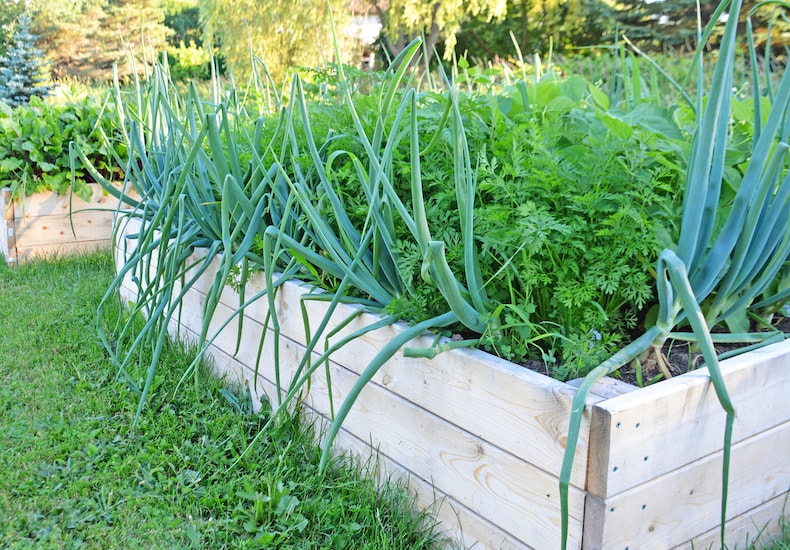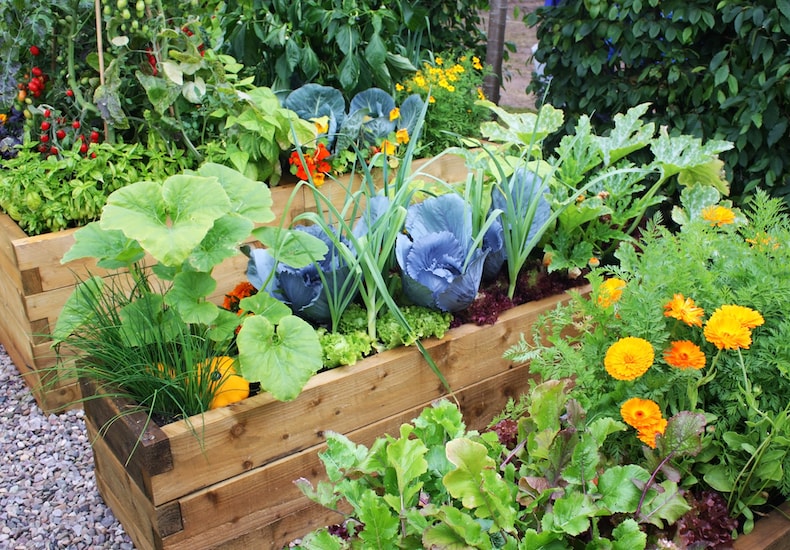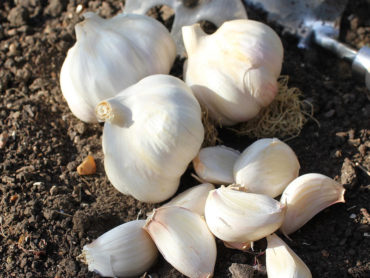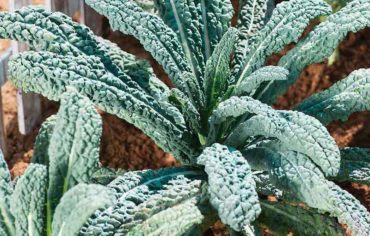Succession planting is simply a case of making sure that as one plant finishes cropping, another is ready to take its place. It helps your vegetable plot remain productive for as long as possible – sometimes even allowing you to harvest seasonal produce all year round. Here, Lee Senior shares his expert advice on the best vegetables to sow and grow in the second half of summer.
Browse our full collection of vegetable seeds for more inspiration.
What is succession planting?
Successional seed sowing is the key to getting the most from your plot all year round, and a clever way to avoid unhelpful gluts or the hungry gap. It’s something that beginners generally learn with experience, but it is possible to do it in your first year, too! The aim of succession planting is to avoid the ‘feast and famine’ syndrome whereby everything comes within a few weeks, but with little to follow afterwards. With good planning, you can ensure you get a wider range of cropping to take place over a longer period. How? Have a supply of new veg plants ready to plug gaps as they appear.
How to succession plant vegetables

Full and productive raised beds
Image: Dreamstime
Whether you have a small veg patch or an allotment, succession planting maximises every spare inch of available soil. It’s the best way to get as much food as possible from your land. There are three main methods to keep your crops coming in quick succession:
- You can direct sow quick-growing seeds into gaps that appear as spring crops come to an end. Between May and August the soil should be warm enough to sow directly where your crops are going to grow. This removes the need for transplanting. Any excess plants can be thinned and discarded, used elsewhere, or given to gardening friends.
- You can start your seeds in trays before the space is quite ready. With careful planning you can have almost a mini production line of seedlings ready to transplant into gaps as they appear. This is a sure-fire way to keep continuity going and not waste valuable time waiting for seed germination.
- You can buy vegetable plug plants to slot into gaps. If you don’t have the space or time to sow seeds then plug plants provide the instant answer! They are unbeatable for speeding up the whole process as much of the work has been done for you by the time they arrive. The plugs are ready to plant straight away, as long as conditions are favourable, and there are a good variety of veg plants available too.
Best succession vegetables to plant in mid-summer

This easy-to-grow veg can be harvested as young leaves or left to mature into a crunchy bulb
Image: Pak Choi ‘Crunchy Colour Mix’ seeds from Suttons
Some quick-growing veg seeds are perfect for direct sowing into gaps in mid-summer. These include:
- Beetroot is a relatively fast growing crop that will be ready in autumn if the seeds are sown directly in pre-prepared seed drills during June or July.
- Fast-maturing roundhead or pointed summer cabbage can be sown directly in any gaps that appear through the summer. Thin out the excess and keep an eye out for slugs.
- Maincrop carrots will be ready to eat before winter if you sow the seeds in June. Pop them into soil that isn’t stony and hasn’t been manured for the past 12 months.
- Leaf salad is a quick-growing crop that will grow in containers or in beds. Sow the seed in weed-free soil and keep moist throughout.
- Pak choi is easy to grow in small pockets of moist spare soil. It’s fast-maturing for a delicious stir fry, and smaller leaves are good in salads.
- Radish can be grown in small gaps in beds or containers in sun or semi-shade, until the end of September. They mature in around 30-40 days.
- Lettuce makes a great gap filler and will tolerate some shade too. Sow directly and keep a keen lookout for slugs.
- Turnips can be sown outdoors up to mid-July in small spaces that are weed-free. They tolerate both sun and semi-shade and are easy to grow.
- Dwarf French beans – sow directly outdoors in moist soil in a sunny, sheltered location, up to the end of July.
Best succession vegetables to plant in late-summer

This hardy vegetable can be started in trays and transplanted into position when needed
Image: Kale ‘Nero Di Toscana’ Organic Seeds from Suttons
As summer comes to an end, many crops are also finishing and more gaps will start to appear. Here are some of the vegetables that will take you through autumn and into winter:
- Stump-rooted mini carrots – sow directly into a container or window box if space is limited. Alternatively, find a sunny gap in your veg patch to sprinkle the seeds. You need fine soil that hasn’t been recently manured.
- Chinese cabbage – sow directly outdoors into gaps, either in blocks or alone, for a delicious late-summer crunchy coleslaw or stir fry.
- Florence Fennel can be direct-sown until early August. It needs well-drained soil that is kept moist. Small bulbs can be ready in as little as 7 weeks.
- Kale – plants can be grown outdoors and harvested over winter from outdoor sowings as late as August.
- Leaf Beet (chard) – sow directly up to the end of August and use as an alternative to spinach.
- Pak choi – sow outdoors into any small gap up to the second half of August for delicious autumn stir fries. Keep the soil moist.
- Spinach can be sown directly outdoors in a sunny spot until mid-September. Keep the soil moist. Not suitable for transplanting.
- Spring onions – can be directly sown outdoors in well-drained soil from mid-summer until early September. They will be ready to harvest in autumn. Make later sowings which can be left to overwinter for harvesting in spring.
- Wok Broc (Chinese broccoli) – Fast-maturing, these seeds can be sown outdoors as late as late August or grown in good-sized tubs over winter in a cold greenhouse from a late September sowing.
We hope these tips will help you to successfully extend your veg growing season long into autumn and winter. Find more of Lee’s practical, hands-on, vegetable growing advice over at his monthly allotment pages. You can also follow Lee on Instagram: @lee_senior_gardening.
Lead Image: Dreamstime
Last Updated on October 22, 2025 by Suttons Horticultural Team




